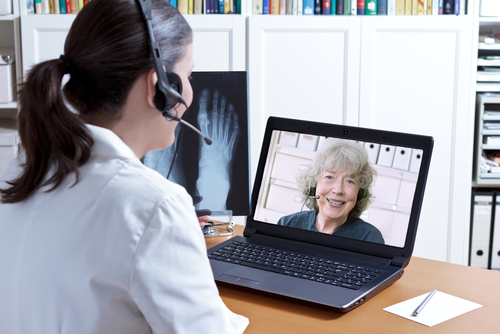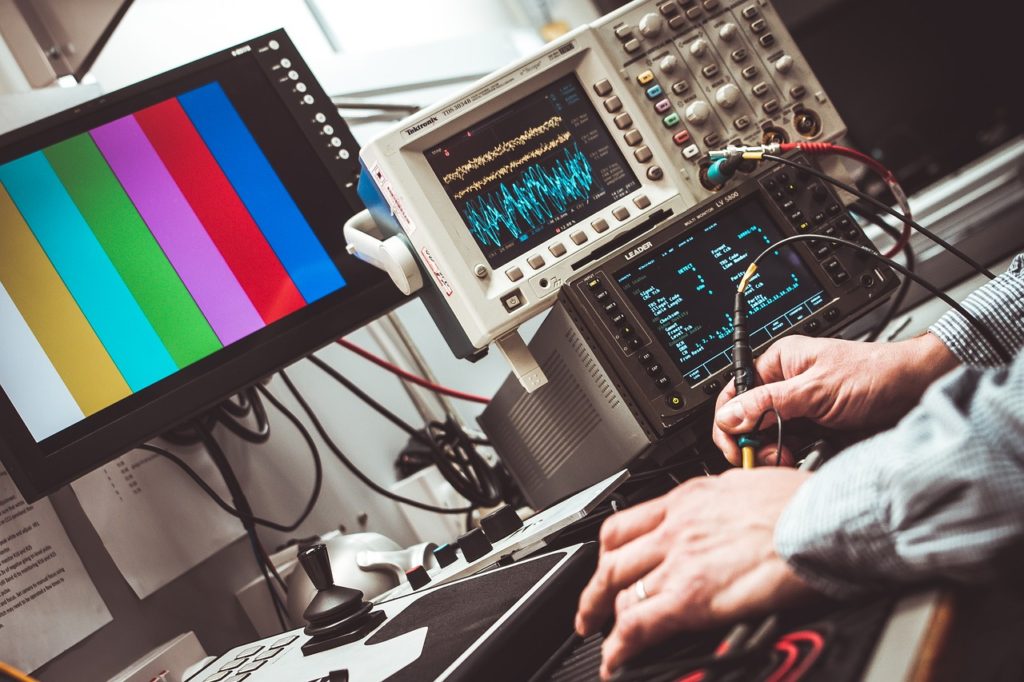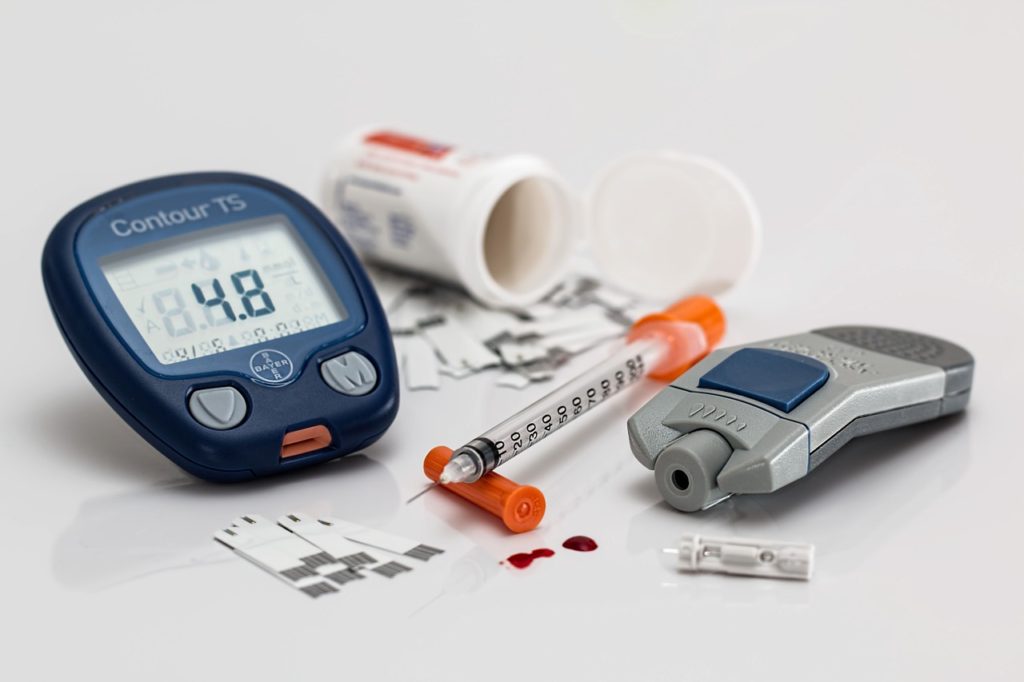Speak with a Doctor Online: The Changing Face of Healthcare

Believe it or not, in the 1960s, doctors were able to examine patients and dodge Boston traffic when scientists first put telemedicine to use. Engineers joined Logan International Airport and Massachusetts General Hospital by running a microwave line under Boston Harbor. Nowadays, because physicians are led by quicker Internet connections and omnipresent smartphones, communication via phone, video, webcam is more easily facilitated. In crisis situations, physicians can make rapid decisions, making telemedicine extremely useful in the emergency room (ER). Not only can telemedicine be utilized in the ER, but patients can now speak with a doctor online in a range of fields such as dermatology, neurology, and cardiology. Telemedicine is altering the way in which healthcare is being delivered to not only the United States, but around the world as well. Here are some ways that the face of healthcare is changing:
- Faster Diagnosis

In medical emergencies where time is of the essence, such as strokes and heart attacks, split-second decisions that could save a patient’s life can be made by doctors that have access to certain technology. In the case of a stroke, the sooner symptoms are recognized and a patient is treated, the higher the chance that he or she will survive. If you are close to an individual that has had a stroke, you may be familiar with tissue plasminogen activator (tPA). If a patient receives tPA within 3 to 5 hours of the stroke, the chance of survival improves tremendously. Sometimes, an emergency room doctor or small, rural hospitals have little related expertise or are short on staffing, which would make telecommunication extremely convenient. In remote parts of Alberta, Canada, telestroke helped to reduce ER transfers by 92%, saving time, money, and risk of harm to the patient.
- Management of Chronic Conditions

Self-management of long-term chronic conditions such as heart disease, hypertension, digestive disorders, and diabetes can be improved with virtual appointments with physicians. Sometimes, individuals are too uncomfortable to meet face-to-face or are unable to leave there home, but technology can allow doctors to reach individuals in their home environments. For some chronic conditions and many diseases, lifestyle changes can prevent and/or have a remarkable effect on management and outcome. For an individual to be encouraged to stick to a diet and exercise plan, no smoking, or a weight loss goal, he or she may have to make frequent office visits. To reduce spending and time spend at appointments, a simple 3-minute phone call with a patient’s physician can remind an individual to take blood pressure medication or refill prescriptions. In addition, virtual home calls can be used to validate the necessity and safety of medications as a pharmacist or physician can go through a patient’s medicine cabinet with him or her.
With diabetes, individuals are encouraged to embrace a healthier lifestyle as well. An astounding $100 billion is spend on inpatient and outpatient visits each year, but with mobile health technology, patients can monitor vital signs and blood sugar, count calories, and keep track of exercise and diet, all of which can be reported back to their doctor. A study found that if communication was done online (rather than on paper), patients were more likely to engage in a heart disease management plan.
- Second Set of Eyes
The “tele-ICU” as it is called, is making its way into Intensive Care Units (ICU). For nurses and physicians that need to treat several patients at one time, this technology acts as a “second set of eyes.” Due to the ongoing beeps, alarms, and other sounds in the ER, a blood pressure spike or dose of medication can be easy to miss. Because the staff that monitor the “tele-ICU” has access to vital signs, doctor’s notes, and other patient data, vital signs can be monitored, bedside assessments can be completed, and new drugs can be given simply by utilizing the tele-ICU. This is an extreme advantage for doctors since it doesn’t require them to be physically present in a patient’s room every hour to monitor him or her.
Drawbacks

Obviously, with all technology, telemedicine has negative aspects. With all technology, glitches and power outages can occur, and in an emergency situation, this could be potentially critical. Along with technology comes the risk of hackers. An abundance of personal information – videos, audio, and images – are transferred online and physicians and healthcare workers need to be cognizant of protecting patient data. Personal relationships with doctors can also be affected by a decrease in face-to-face appointments. A lack of touch and feeling, and an absence of non-verbal cues as a result of a virtual meeting could lead to an inadequate assessment by a doctor.
When it comes to comparing the benefits with the drawbacks, telemedicine is beneficial in more situations than not. Not just in the United States, but in other parts of the world, telemedicine is going to become more popular in the coming years. Though some technological barriers still remain, leading physicians and scientists are exploring the world of telemedicine with the goal of improving overall patient experience.